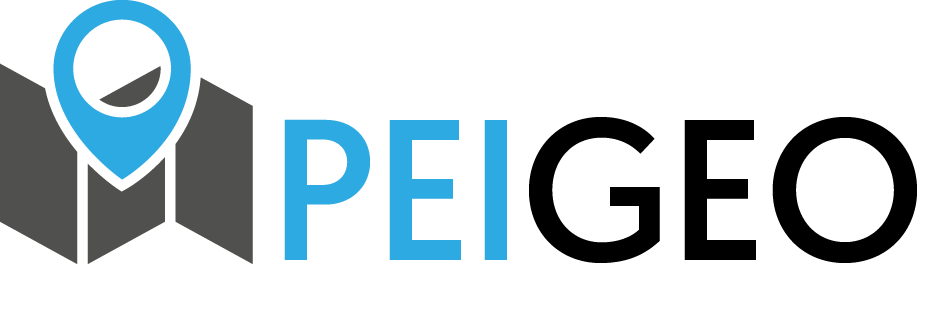Keyword
/Human Activities/Industrial Fishing
6 record(s)
Type of resources
Provided by
Update frequencies
Status
-

Les calendriers d'activité des navires de pêche reconstitués chaque année permettent d'accéder aux données mensuelles suivantes : port d'exploitation principal, nombre de personnes embarquées, nombre de jours de mer et de pêche, métier(s) pratiqué(s), zones de pêches exploitées et leur gradient d'éloignement à la côte. Les données annuelles de dimension et de maillage des engins utilisés pour pratiquer un métier sont également fournies.
-

SACROIS est un algorithme de croisement de données qui produit des séries de données d’activité de la pêche professionnelle (données de production et d’effort validées, consolidées et qualifiées) pour les navires inscrits au fichier Flotte de Pêche Communautaire (FPC). SACROIS sélectionne le meilleur parti des sources d’informations disponibles pour produire les données d’activité de pêche de référence. SACROIS consiste en une application opérationnelle de rapprochement, vérification et contrôles de cohérence de différents flux unitaires de données. L’algorithme SACROIS ne corrige pas la donnée, il a pour objectif de : - fournir la meilleure estimation possible des différents éléments constituant une marée à partir des sources de données disponibles, - identifier les incomplétudes des différentes sources de données et en proposer une synthèse complétée par des indicateurs de qualification de la donnée issus des croisements. Ainsi l’algorithme SACROIS produit deux fois par mois une nouvelle source de données ; synthèse de l’ensemble des sources de données disponibles : les marées SACROIS reconstituées. Les données SACROIS ont été calculées depuis 2000 pour toutes les flottilles pour lesquelles des données sont disponibles : - Mer du Nord – Manche – Atlantique (hors senneurs tropicaux), - Méditerranée (hors senneurs à thons rouges), - DOM (La Réunion, Mayotte, Guyane et Antilles).
-

Ces données renseignent les caractéristiques des armateurs et des navires : immatriculation, année de construction, matériau, longueur, port, lieu d'immatriculation, appartenance au fichier FPC, jauge, puissance.
-

L’observation des débarquements de pêche au retour de marée des navires côtiers de moins de 12 m dans 5 régions de l’Outre-mer français depuis 2005 et en Méditerranée de 2007 à 2018 permet d’estimer les efforts de pêche, les captures et les valeurs débarquées ainsi que les indicateurs socio-économiques des flottilles.
-

L'observation des ventes consiste à mesurer périodiquement la taille des individus des principales espèces en criée et aux points de débarquement, en tenant compte des appellations commerciales pratiquées sur les lieux de vente. Ce dispositif, appelé ObsVentes, est appliqué en France métropolitaine et en Outre-mer, dans les 5 DOM : Guyane, Guadeloupe, Martinique, Réunion et Mayotte.
-

Le programme national pluridisciplinaire RECOPESCA est une collaboration entre pêcheurs volontaires et scientifiques pour la collecte automatisée de données environnementales physiques et halieutiques géolocalisées du domaine côtier. Le principe consiste à installer des capteurs sur les engins mesurant les paramètres environnementaux, depuis la surface jusqu'au fond, et à enregistrer des données fines sur l’activité et l'effort de pêche. Les données acquises alimentent les bases de données de l’océanographie côtière opérationnelle (volet côtier de Coriolis) et halieutique du SIH (Harmonie). Le programme répond ainsi à la fois à des problématiques de recherche (physique et halieutique), de mise en œuvre de l’approche écosystémique des pêches, d’appui aux politiques publiques (DCSMM, DCF, CMEMS) et d’innovation de l’Ifremer dans le domaine côtier.
